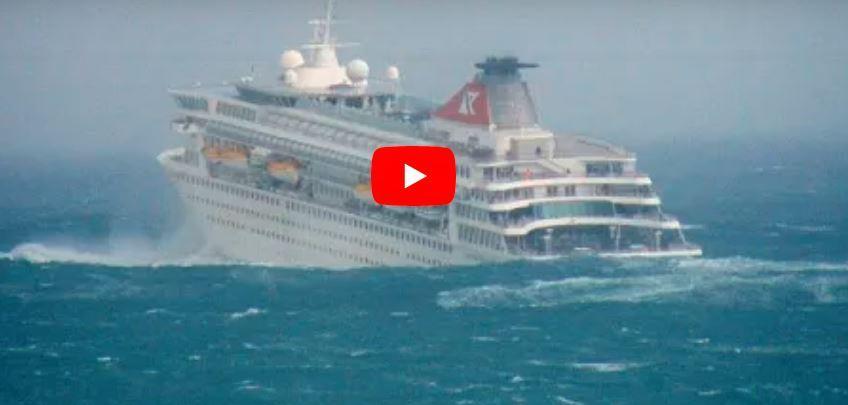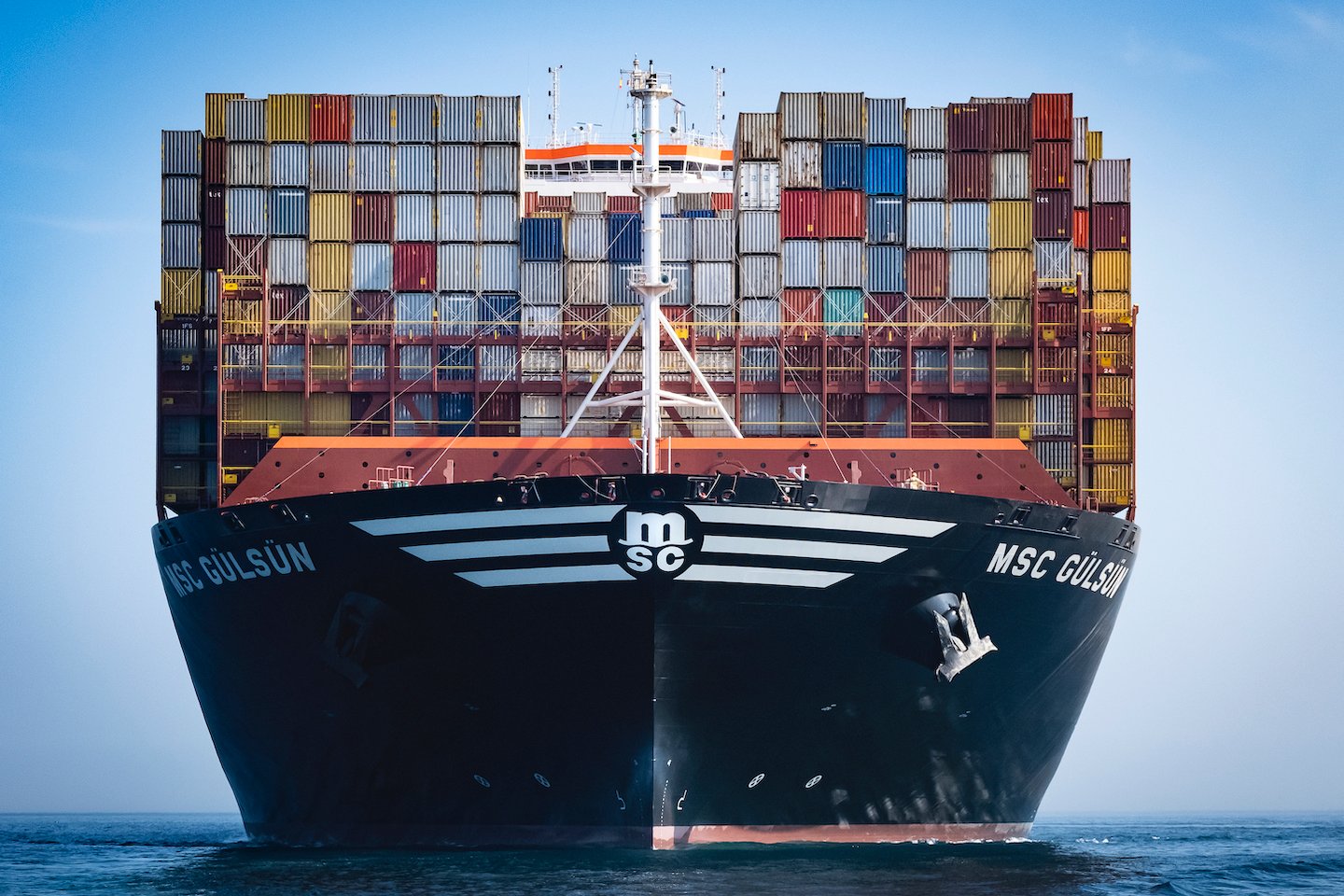Table Of Content

Whether you have been on a cruise ship, or simply seen a photo of one, you might have wondered how such a big ship can float in the water. Cruise ships are equipped with advanced waste management systems that allow them to recycle a significant portion of their waste. This includes systems for treating and purifying wastewater, as well as for recycling materials such as paper, plastic, and glass. The motion of a cruise ship can also be affected by the ocean itself. The ocean is constantly moving, and this movement can cause the ship to rock back and forth. Pitch is the up-and-down motion of the ship, while roll is the side-to-side motion.
Fiberglass vs. Steel: Which Is More Reliable?
Now that we’ve covered both forms of boats, let’s talk about floating drydock. Instead of using sails like normal boats, however, they use huge propellers called thrusters. As long as the engine runs smoothly, the blades spin quickly enough to generate thrust. Thrusters allow vessels to travel across land while remaining stationary.
How Do Cruise Ships Float? The Science Behind Their Buoyancy

Although weighing many tons, a cruise ship will float on the ocean with ease. It comes down to how their weight is distributed, and how they are able to displace water in their path. Cruise ships of the past have nothing on modern-day cruise ships, especially regarding size and mass.
Juneau Takes Steps to Limit Cruise Ship Passengers
The distribution of weight on board and the use of mechanical stabilizing systems and bilge keels are crucial for maintaining the stability of a cruise ship. The weight distribution is carefully planned by the ship’s designers to ensure that the ship remains balanced and does not tip over. The fuel tanks and ballast systems are strategically placed to ensure that the ship’s center of gravity remains low. This prevents the ship from becoming top-heavy, which could lead to instability and tipping. It’s no surprise that many people are left in awe of these feats of engineering.
Why do some objects sink?
In conclusion, displacement and stability are essential factors in how a cruise ship floats. The shape of the hull, center of gravity, ballast tanks, and motion all play a role in maintaining the stability of the ship. Think of the hull as the body of the ship, and the part that is below the main deck is usually quite wide and has a deep bottom (known as a base line). Cruise ships (and other large vessels) usually have displacement hulls, or hulls that push water out of the way, to stay afloat. Overall, the design and structure of a cruise ship is carefully planned and executed to provide passengers with a safe, comfortable, and enjoyable experience at sea. The average density of the total volume of the ship and everything inside of it (including the air) must be less than the same volume of water.
Displacement and Stability
I worked as an officer in the deck department on various types of vessels, including oil and chemical tankers, LPG carriers, and even reefer and TSHD in the early years. Currently employed as Marine Surveyor carrying cargo, draft, bunker, and warranty survey. So, if you’ve ever been worried that your cruise ship might tip over in bad weather, you really don’t need to.
Wonder of the Seas
It is important to note that while cruise ships may seem massive and heavy, they are carefully designed to displace just the right amount of water to stay afloat. This is achieved through a combination of natural physics and human engineering, making cruise ships a remarkable feat of modern technology. Cruise ships were designed to be massive yet displace the same amount of water that is equivalent to their mass. The ocean’s pressure, at the same time, pushes against the hull of the ship, countering the downward force of the mass of the cruise ship. This downward force in conjunction with the ocean’s upward force work in tandem to make the cruise ship buoyant.
Cruising and Sailing

The construction of a cruise ship is a complex process that requires a great deal of expertise. The ship needs to be designed in a way that ensures it is both strong and buoyant. This requires a deep understanding of the materials used and the forces at play in the water. With the right materials and construction techniques, a cruise ship can be built to withstand the toughest conditions at sea. When it comes to designing a cruise ship, the goal is to create a vessel that is both functional and aesthetically pleasing.
How do cruise ships stabilize in rough seas?
How to Survive Falling From Cruise Ship in Open Ocean: Survival Expert - Business Insider
How to Survive Falling From Cruise Ship in Open Ocean: Survival Expert.
Posted: Wed, 28 Jun 2023 07:00:00 GMT [source]
The larger the object’s surface area, in this case, the hull of a large cruise ship, the more weight it can support. This was the case with the Titanic, which hit an iceberg damaging the ship and allowing water to enter, increasing the ship’s density. Once the ship’s density is more than the density of water displaced by the ship, the ship sinks. In case of a breach in one compartment, the bulkheads prevent the water from flooding the entire ship.
Most cruise ships have sharp angles where the hull meets the deck so that there is no flat surface for things to rest against. Also, because the decks are angled downward towards the center of the vessel, any weight placed on top of the ship has nowhere else to go but down. Lastly, since the entire structure sits higher than the surrounding waters, the pressure exerted by the water pushes upwards rather than downwards. Together all of these elements help make cruising safer than other types of transportation.
In theory, it is possible to submerge a cruise ship; plenty of them have sunk (we will get to that in a bit). While a cruise ship’s weight equals the water it displaces, it will not sink. Theoretically and practically, Archimedes’ Principle applies to huge cruise ships. While it’s true that the bigger the cruise ship, the more design and build considerations are needed to check that it will be buoyant when launched into the sea. In addition to its advanced technology, Wonder of the Seas also has a number of safety features that help to ensure that it stays afloat.
As a ship is set in water, it pushes down and displaces an amount of water equal to its weight. The closer the total density of the ship is to the density of the same volume of water, the greater the amount of the ship that will be in the water. If the average density of the ship is ever greater than the density of water, then the ship will sink beneath the surface of the water. Archimedes’ Principle states that the force exerted on an object in a fluid is equal to the weight of fluid displaced (moved out of the way) by the object.
Witnessing a large cruise ship slice gracefully through a calm, blue ocean can be quite fascinating. What is more remarkable is learning how these modern marvels are equipped to float on water. When examining how cruise ships float, the answer truly lies in a mixture of scientific principles and design. Have you ever admired the massive size of a ship and wondered, “how do cruise ships float? ” The answer to this question boils down to both design and physics. The buoyant force acting on a ship is equal to the weight of the water displaced by the ship.

No comments:
Post a Comment